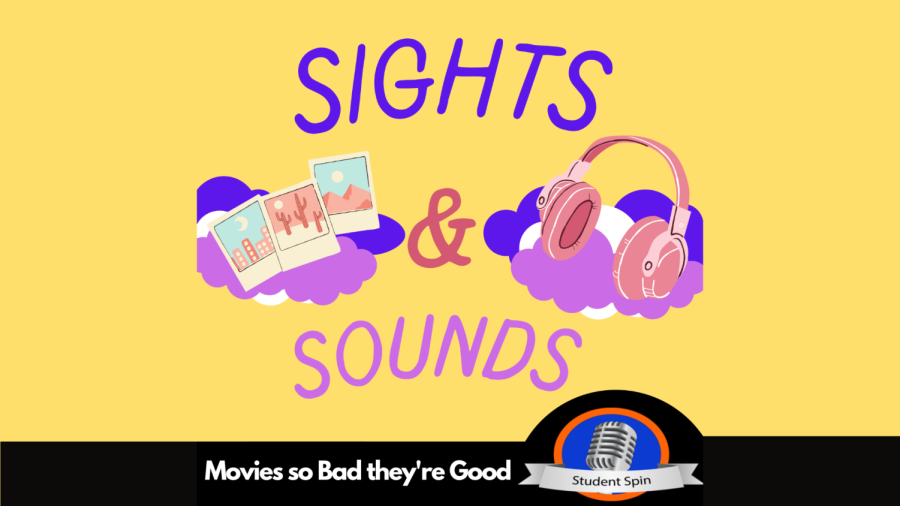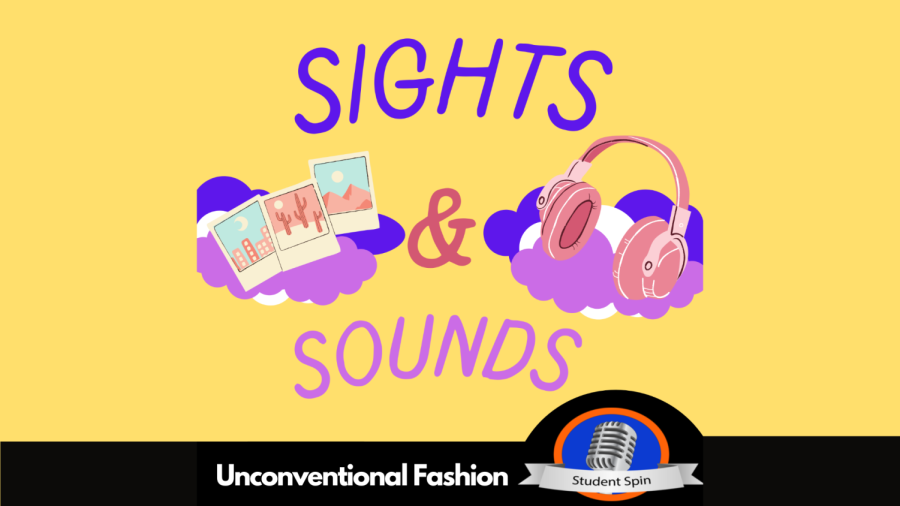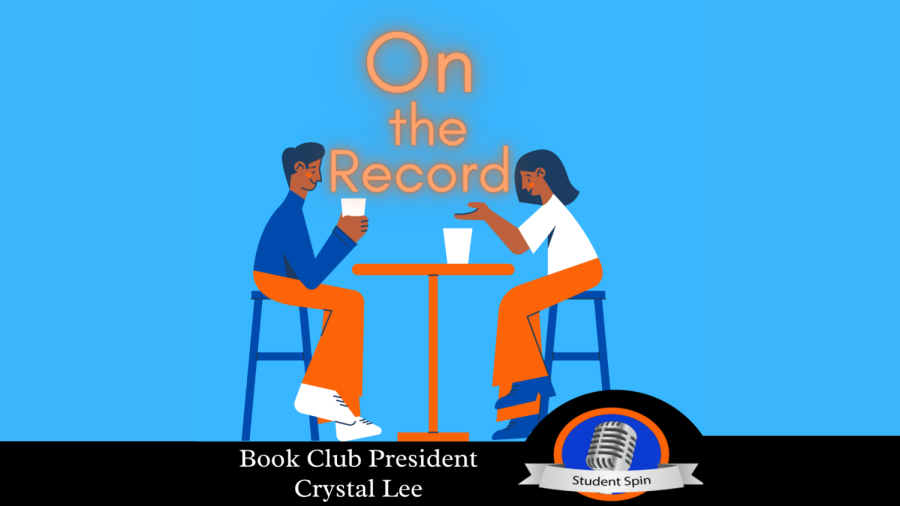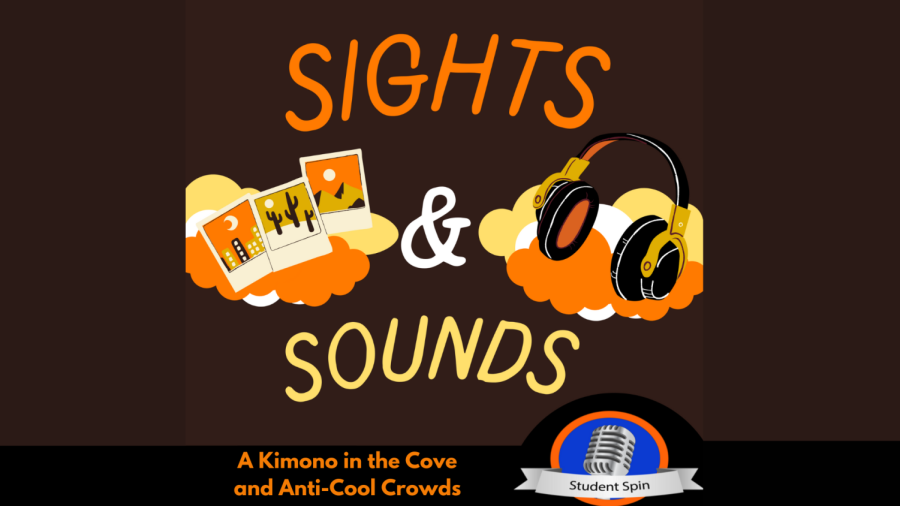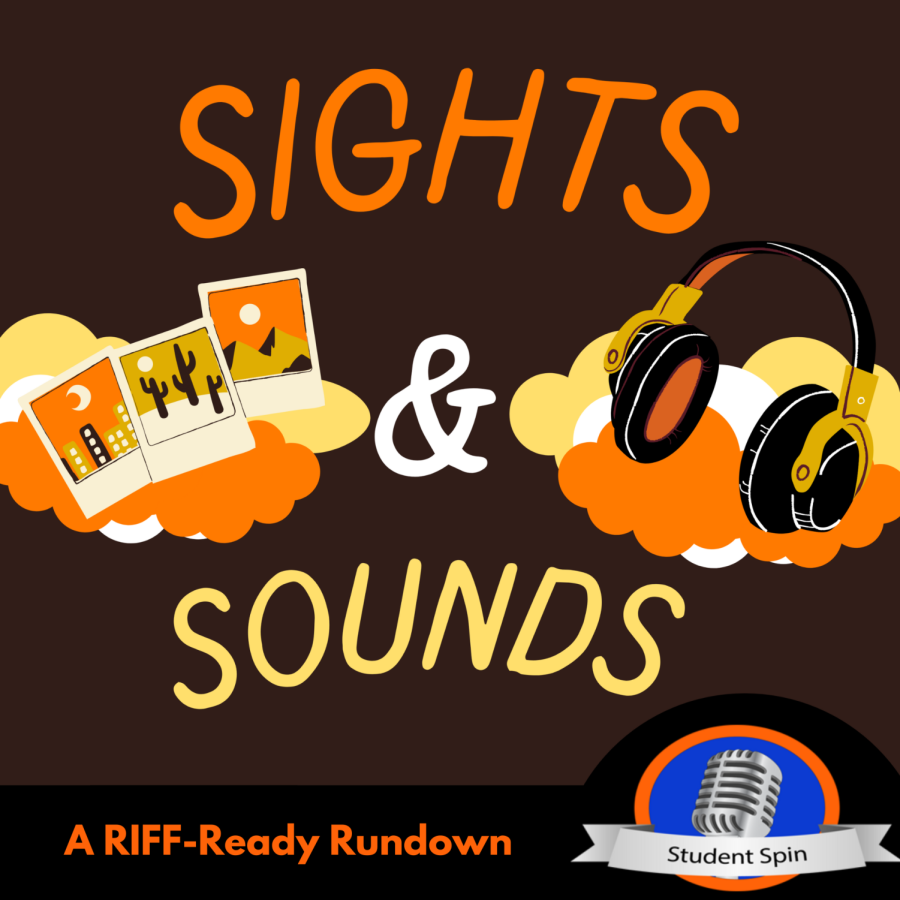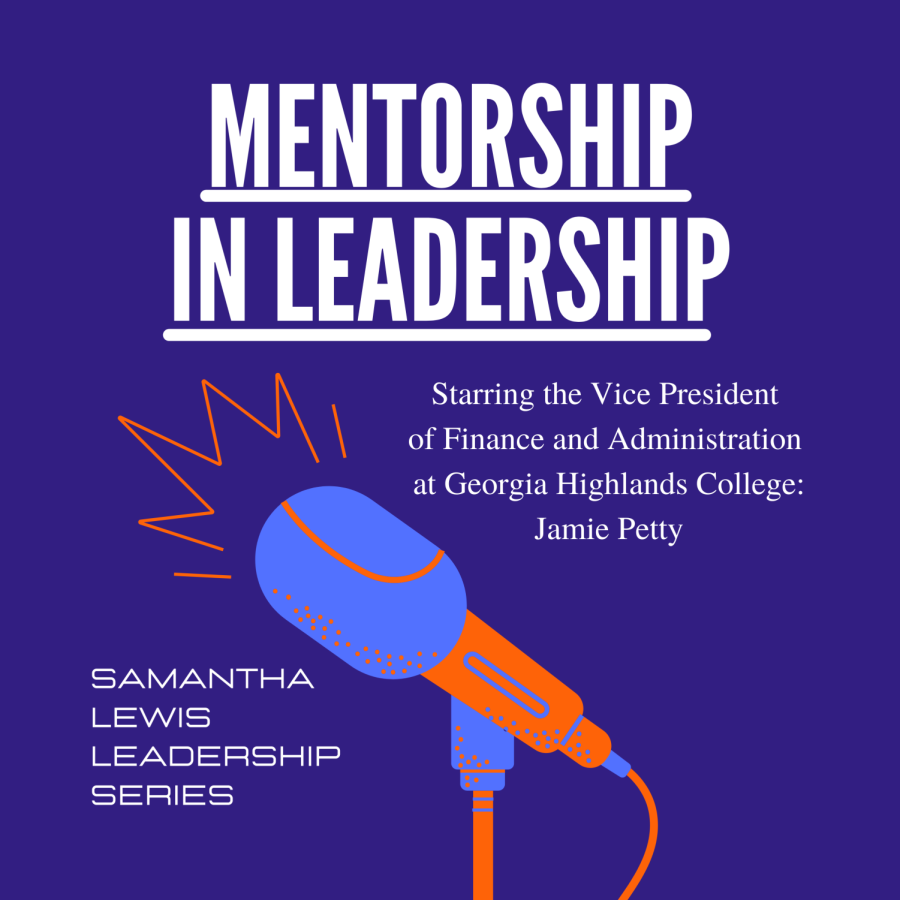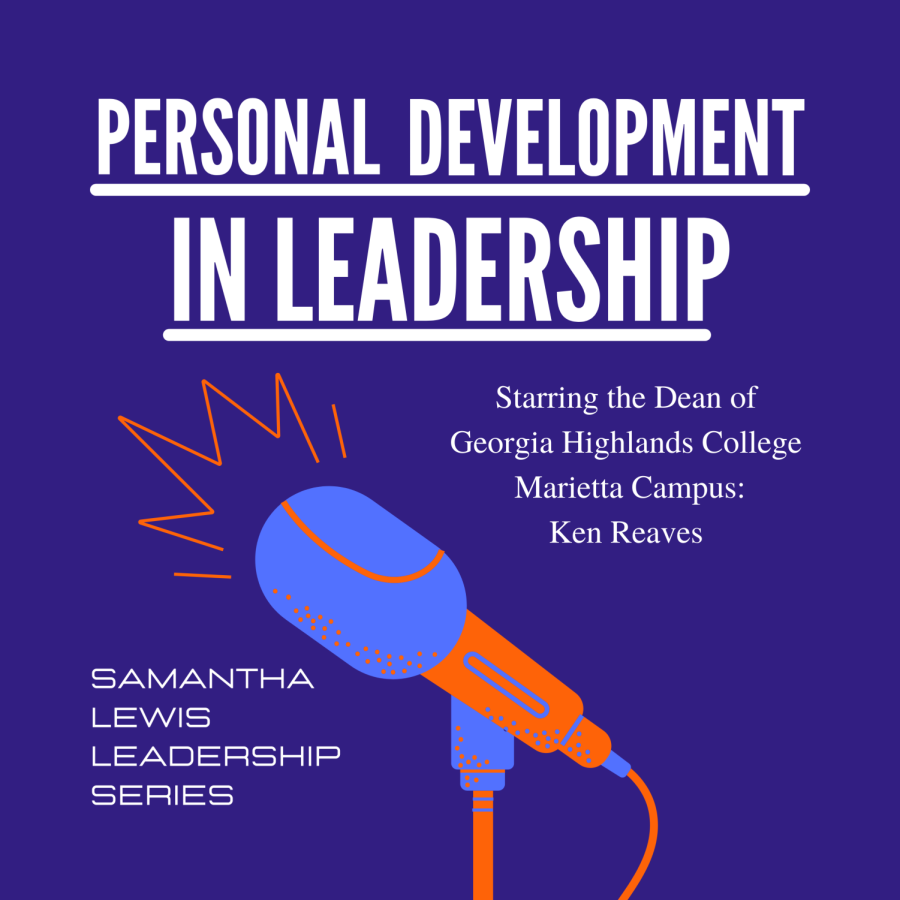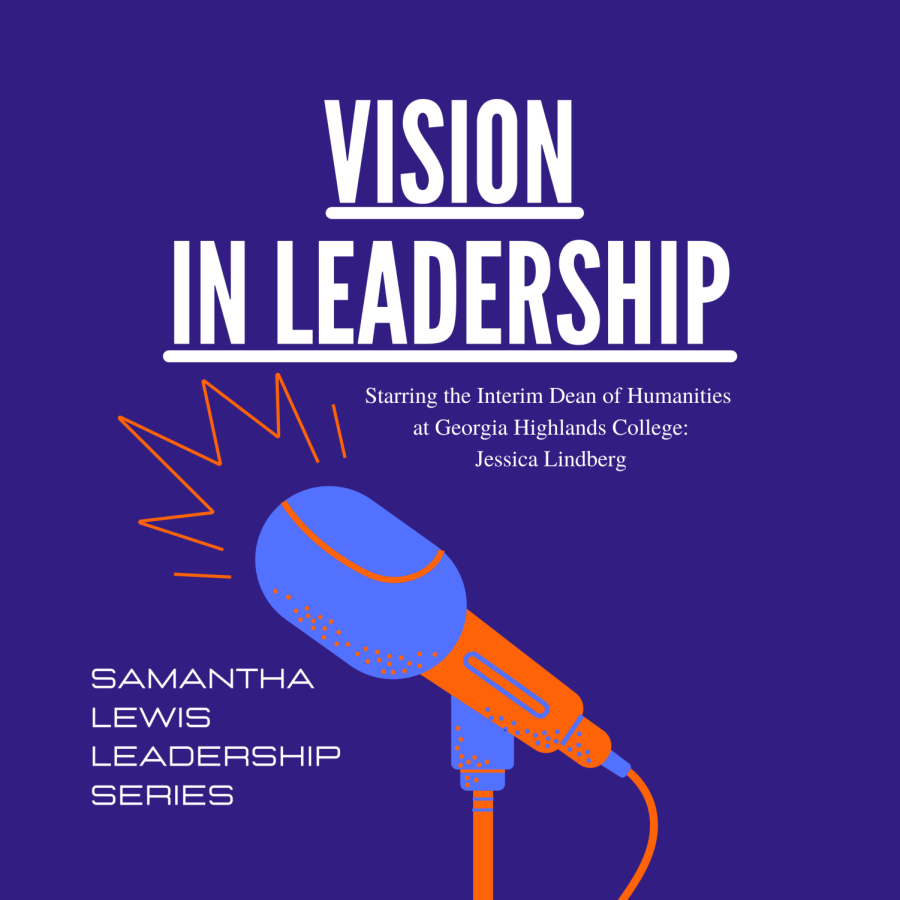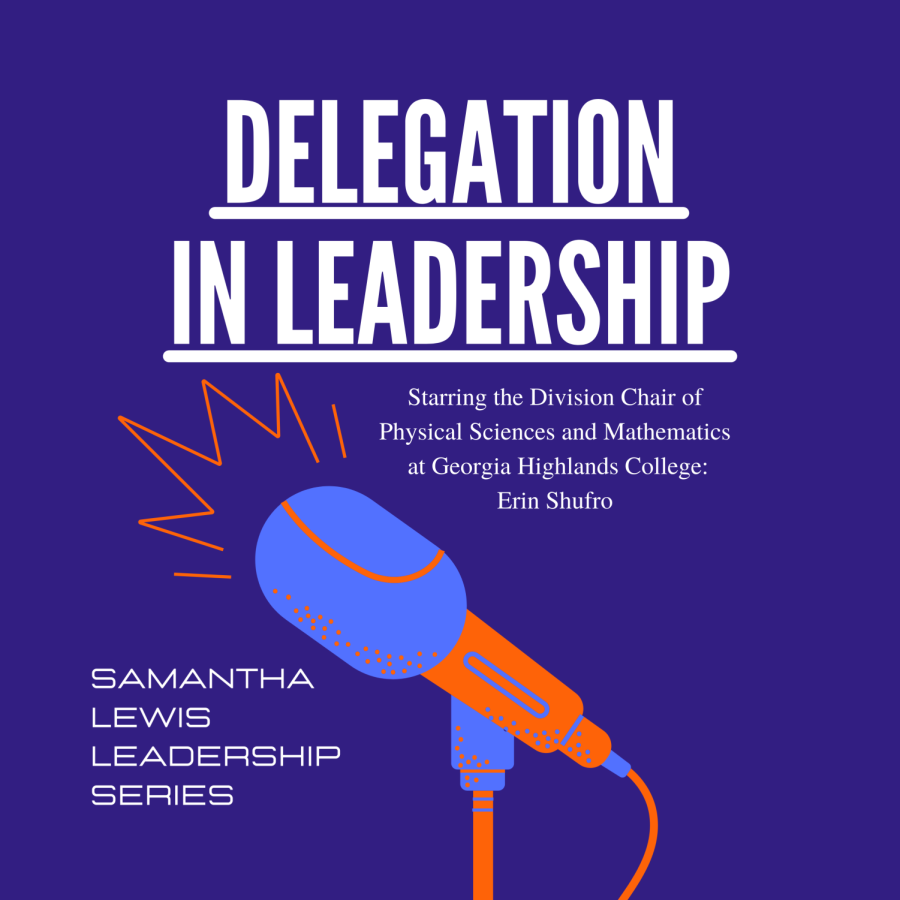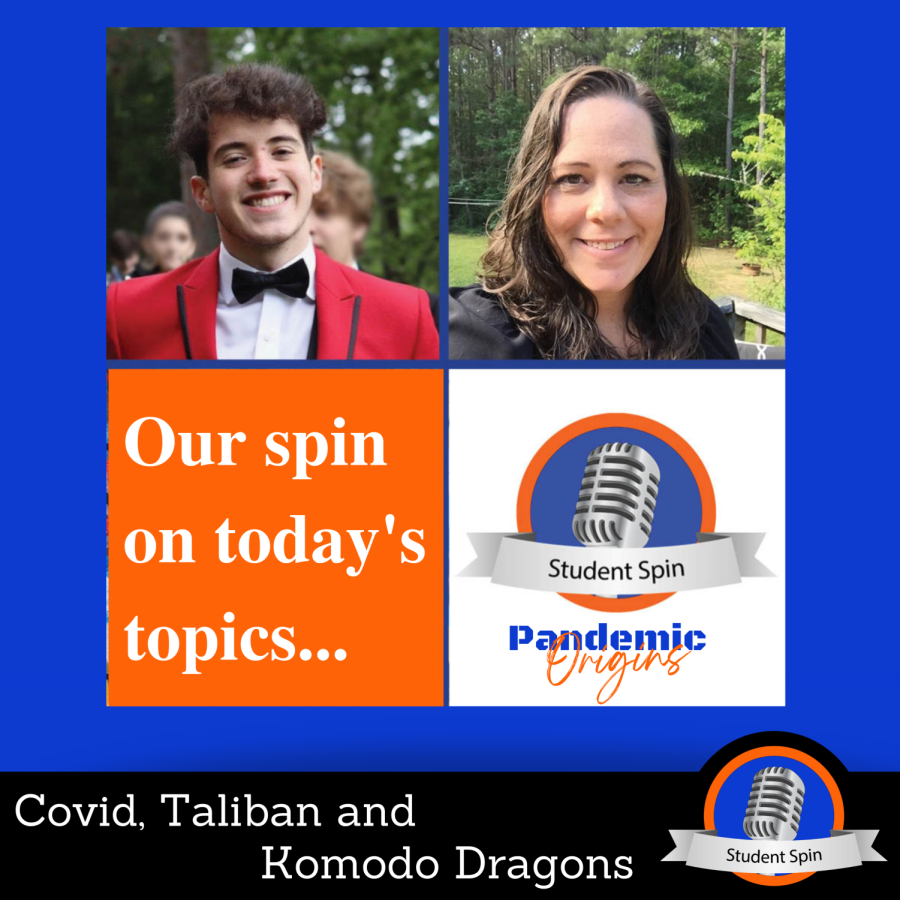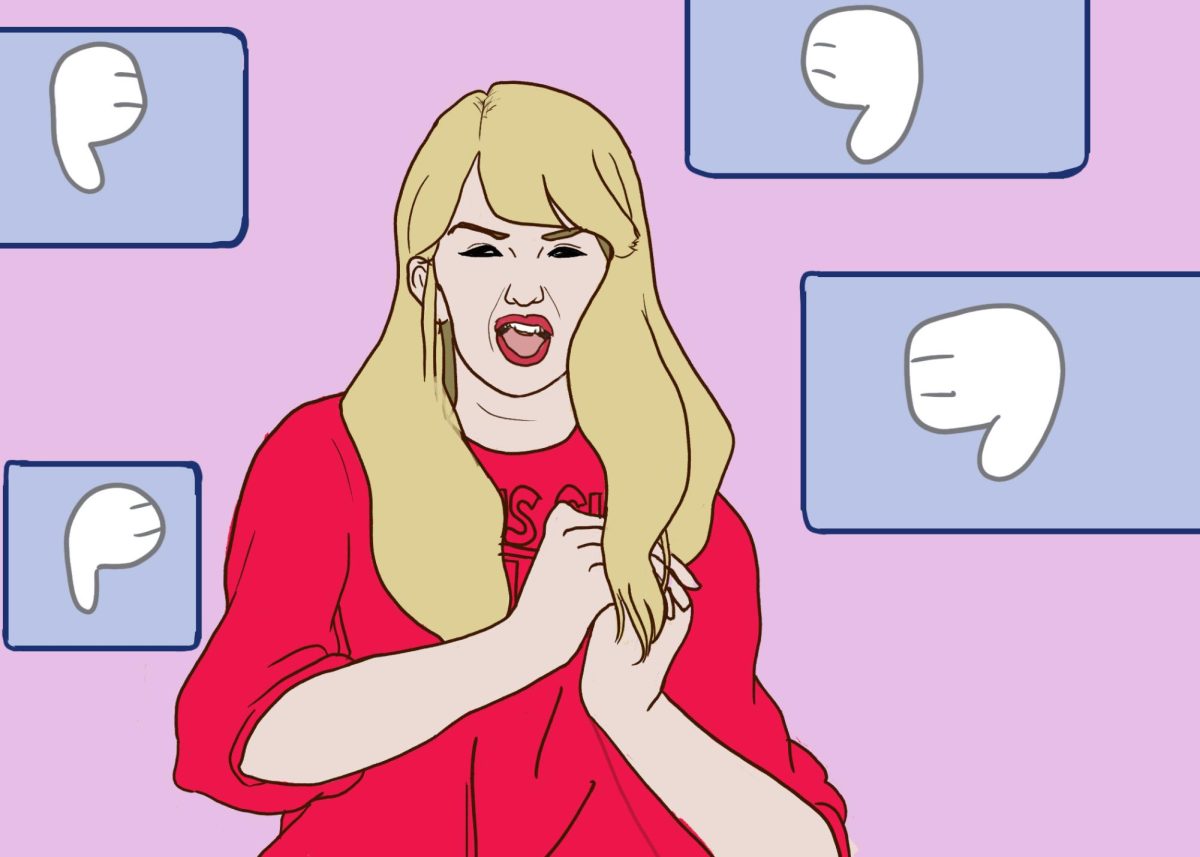
The month of October is finally upon us, which means cooler weather and the time for scaring one another, dressing up as our favorite characters, and eating lots of candy in the name of Halloween is soon to arrive. But for me, Halloween is simply just another routine of doing one of things that I always love to do, which is diving deep into the world of cinema, but within the realm of horror to fit the holiday spirit.
Horror is a unique genre in film, as it has the freedom to tackle complex themes, creative visuals, even without a big budget or the backing of a studio, and sense of identity, of knowing what you are. In this day in age, with studios putting their faith in franchises, prequels, sequels, remakes, and reboots, subtly, self awareness, and more particularly originality are becoming increasingly difficult to find, sometimes even not being there at all. Nowadays, horror films tend to rely on too many jump scares accompanied by loud sounds or music that do not last, excessive gore for the sake of gore, the overuse of clichés that are so uninspired like the classic films that did them the first time, and they are becoming even more predictable by the day. But as classic cinema has proven, horror works best when it is subtle, original, and aware of its own identity.
Subtly is horror’s best attribute. It’s cleverness brings complexity with delicate precision while maintaining the story’s meaning in ambiguity along with its themes. But with jump scares infecting horror films today, the quiet feeling of terror and dread is fading away. What makes jump scares so cheap is that they push you away. True horror is not suppose to push you away, it is to draw you in.
In “The Shining,” it is shown through Stanley Kubrick’s ingenious filmmaking that true horror does not come from what we see physically, but what takes place within ourselves, through it’ themes of the loss of innocence as the little boy Danny is haunted by the horrific abstract scenes of the Grady Twins along with the mysterious past of the hotel, and the decent into madness as shown by Danny’s father Jack as he slowly gives to his dark tendencies and tries to kill his family, and ultimately becomes part of the motel’s history.
In “The Silence of the Lambs,” you are instantly drawn into the devil that is Hannibal Lector. As Anthony Hopkins haunting performance pull you in with his demonic eyes, his disturbing hissing sounds, and his violating nature to look into the naivety of Clarice Sterling. As she tries to use him as a means to hunt down serial killer Buffalo Bill, Lector instead looks into her uses her to escape his imprisonment, and knowing that someone like this could exist in the real world, creates a terror that has you looking over your shoulder as a person’s psychology in put into question.
But it is the subtle sense of isolation along with the fear of the unknown that makes Ridley Scott’s “Alien” classic horror. You do not know what the alien is and where it comes from in the film. It wasn’t even called a Xenomorph like it is today. You feel the claustrophobic nature of being on a ship with an unknown Alien alongside Ellen Ripley, and that chestburster scene is still one of the greatest horror moments in cinema because of its subtle progression from the facehugger to the chestburster, and no one, whether it be the characters, the actors on the set, or us as the audience saw it coming.
Originality is another factor that is fading from the world of cinema. In terms of horror, we are seeing more of the clichés of dumb teenagers do dumb things that lead to their deaths, demons being summoned, mental institutions gone horribly wrong, excessive gore, and of course jump scares after jump scares that are simply there to tell when you should be scared in the movie. Horror is becoming more predictable by the day. Not only is horror suppose to pull you in, it is to keep you in suspense.
Alfred Hitchcock’s “Psycho” is a perfect example of how to make a horror movies suspenseful. In the film you are in constant question about the whereabouts of the Bates Motel. Norman Bates talks often about his life with his mother, and there is a literal psycho stabbing people in showers, which still holds up to this day. You never expect the killer to be Bates himself, and seeing his mother as a corpse in his basement, while at the same time deep within Bates himself that she completely becomes him. It keeps you guessing, and when you leave the movie, you are still asking questions.
While Alfred Hitchcock’s “Psycho” started the slasher subgenre in the horror genre, John Carpenter’s film “Halloween” with the serial killer Michael Myers defined it. It is a simple story that’s suspense is built by its silent tension. There is no jump scares. There is barely blood in it. It is a simple story about three relatable girls who are being stalked by a serial killer without reason. Just like “Alien,” it is the fear of the unknown, and when Michael Myers survives in the end, you are left in unexpected dread.
For the film, “The Exorcist,” the horror is not about how or why it is happening, it is about what is happening in the moment. It is the shock value that makes the movie iconic. As we see Regan slowly become possessed by a demon, with her voice changing, her bed rumbling, her body going out of control, and with ooze just splattering out of her, you are out in a situation devoid of understanding. There is no score, no self-control, and explores the evil within us.
When you are dealing with bizarre concepts, you have to have a certain level of self-awareness in your story. This is where filmmakers can have a lot of fun with the visuals of horror, and to even dive into the realm of satire. Movies these take themselves so seriously these days, so it is nice to have a reflection of the norm with a laugh.
With Sam Raimi’s “The Evil Dead” franchise while scary in its own right, it is also quite funny. What the franchise does a well is that it takes all the clichés of horror, like excessive gore and makes fun of them by turning them up to 11, all within an extremely low budget. While the franchise did get bigger and bigger as the time went by, but it always managed to keep its horror elements all with a smile on its face.
I also look back at the late George Romero’s “Night of the Living Dead” with great fondness. While it is not as funny as “The Evil Dead,” it is still a freighting tale that also serves as a commentary of the loss of humanity and nihilism that America was experiencing during the Vietnam War. Even with the death of the African-American character Ben is killed by a redneck posse at the end of the movie can be seen as an allegory to the deaths of Martin Luther King Jr. and Malcolm X. It presents a world that is so devoid of humanity, that we see a world that becomes too accustomed to the violence of the zombie apocalypse. It is the film that built the zombie genre.
While I am very much looking forward to the new Star Wars film and all the superhero films, it is quite nice to just see a quiet movie for a change. But what makes looking back at these wonderful films somewhat depressing is that most people today would look back at these films, and be bored to death, at that breaks my heart. What makes these films so iconic is because they created the genre and tropes that are being abused by the horror films today. But with new movies like “Get Out,” “Don’t Breathe,” and “The Witch” bringing in new innovation to the horror genre, I can’t help but look back at these films with hope and thanks. Halloween is a time to have fun with the emotion of fear subtly, original, and self aware, but the best thing about it, is that you never see it coming.




